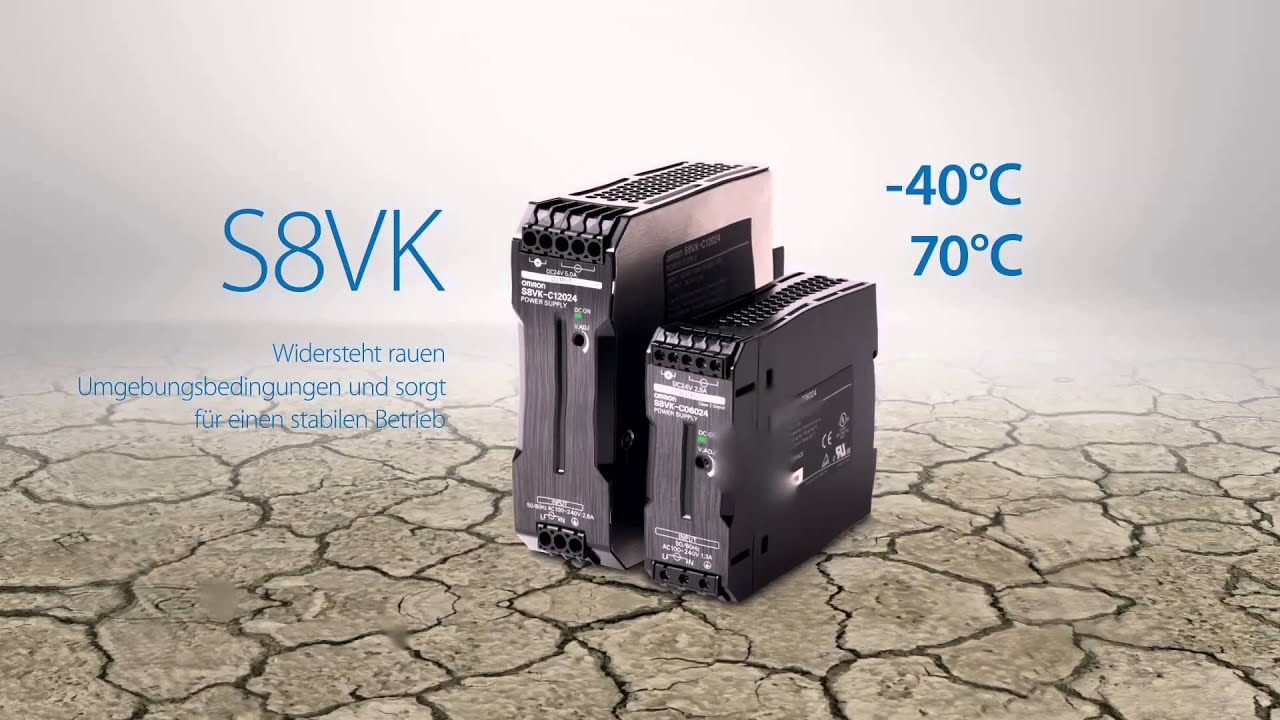Power supplies are among the most crucial components in both automation and electrical systems. The most fundamental characteristic of a high-quality power supply is its ability to operate stably without affecting the system’s lifespan. Fieldwork and experience have shown that power supplies are often overlooked in system design processes, with many opting for cheap and simple products. A significant portion of faults observed in control panels is directly related to power supply failures.
Key Considerations in Power Supply Selection
When selecting a power supply, the voltage rating of the chosen product should be the primary consideration. Instabilities in the power or distribution grid primarily affect the power supply. If you choose a power supply with a fixed voltage input, it is highly likely to get damaged. Therefore, products with a wide input voltage range should be prioritized for use in control panels. For example, when purchasing a 220V power supply, selecting a product with an input voltage range of 110V to 285V AC would be more appropriate.
Another crucial factor to consider is the operating temperature of the power supply, which is often overlooked despite its importance. Power supplies inside control panels are subjected to temperatures as high as +70°C. Additionally, humidity that occurs in the panel at these temperature levels is another important factor to consider.
When reviewing the datasheet of a power supply, it is essential to check the humidity and temperature ranges within which the device operates. Choosing products that meet these environmental conditions is vital, particularly for systems operating under harsh conditions.
Power Supply Choices for Control Panels
Frequency is another sensitive factor in the operation of power supplies. If fluctuations in grid frequency affect the power supply, it can lead to significant issues. To prevent this, it is advisable to select power supplies with a wide operating frequency range rather than products with narrow or fixed frequency limits.
Another important aspect of choosing a power supply for control panels is ensuring that the supply can handle inrush currents, also known as starting currents. For example, if your system is powered by the power supply and requires a starting current twice as high as the normal operating current, the power supply must be capable of providing this current. If it cannot, the power supply will be inadequate for your needs. To prevent this issue, a power supply that can deliver significantly higher short-term nominal current should be selected.
Conclusion
In modern practice, power supply selection is often overlooked or underestimated. However, in addition to price-performance considerations, other critical factors must be taken into account when choosing a power supply to ensure system stability and longevity.

